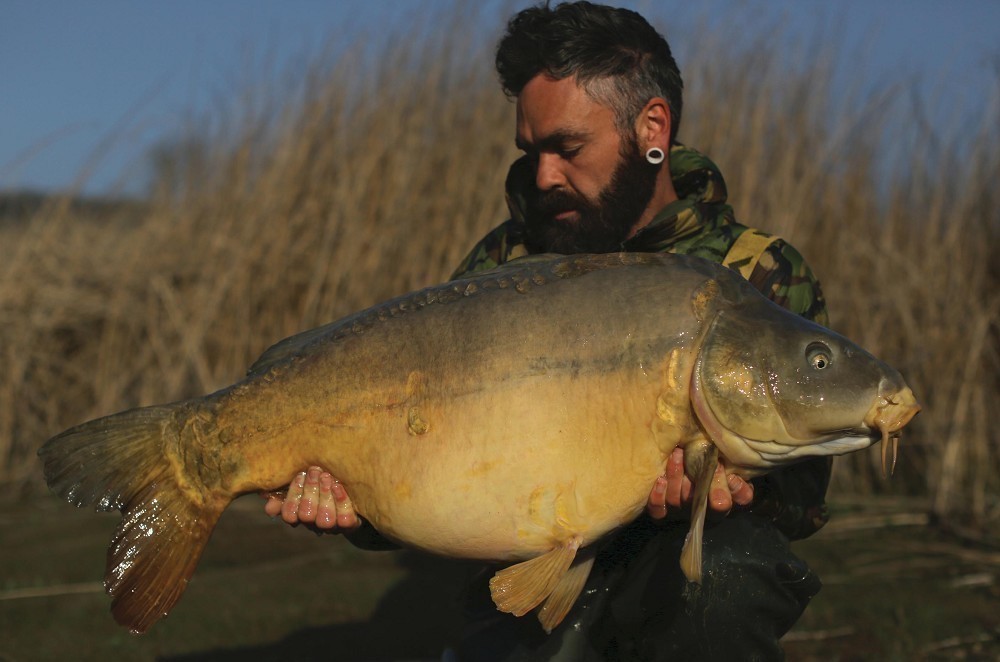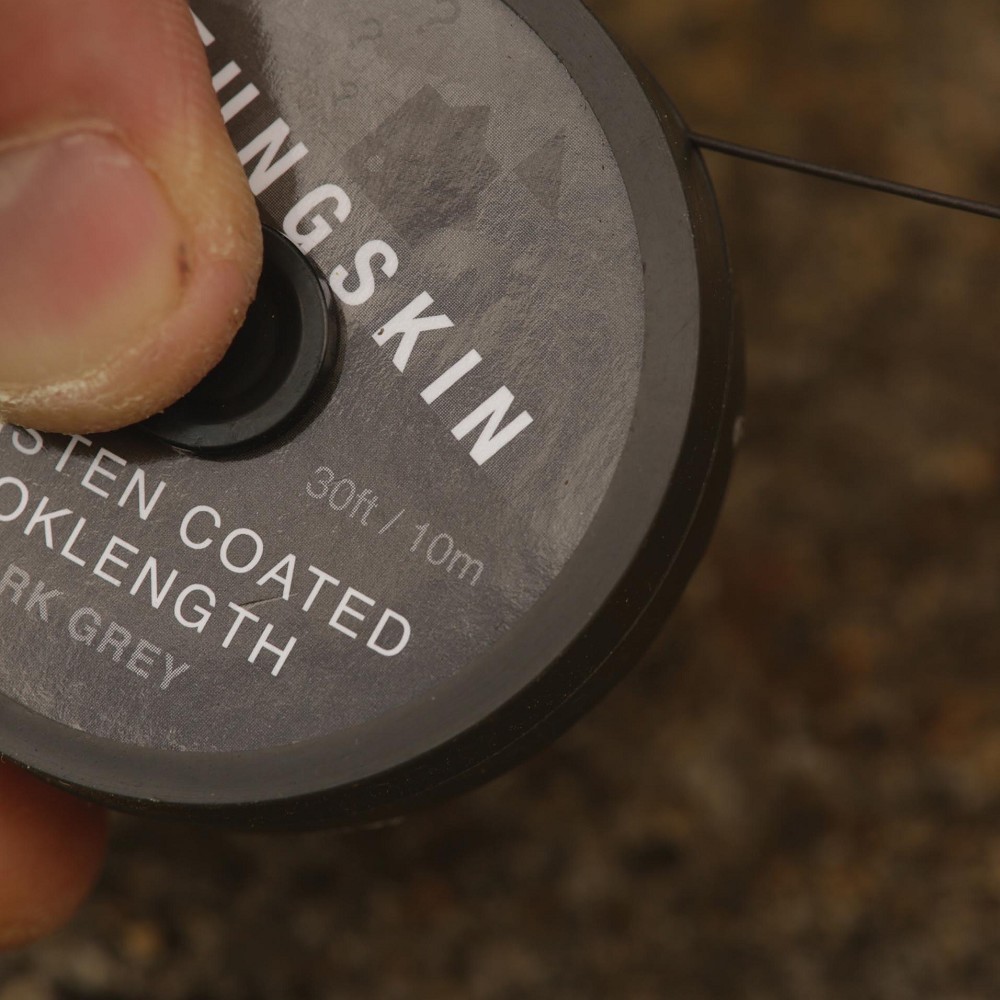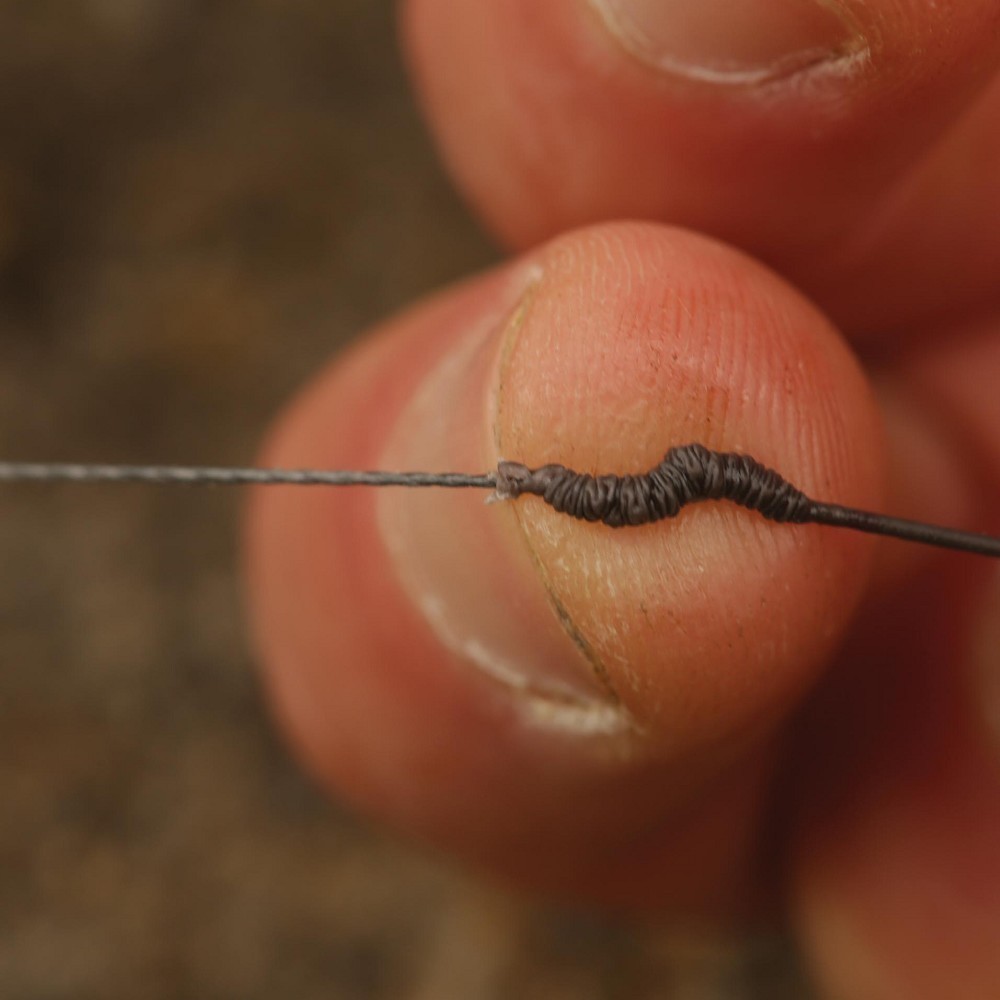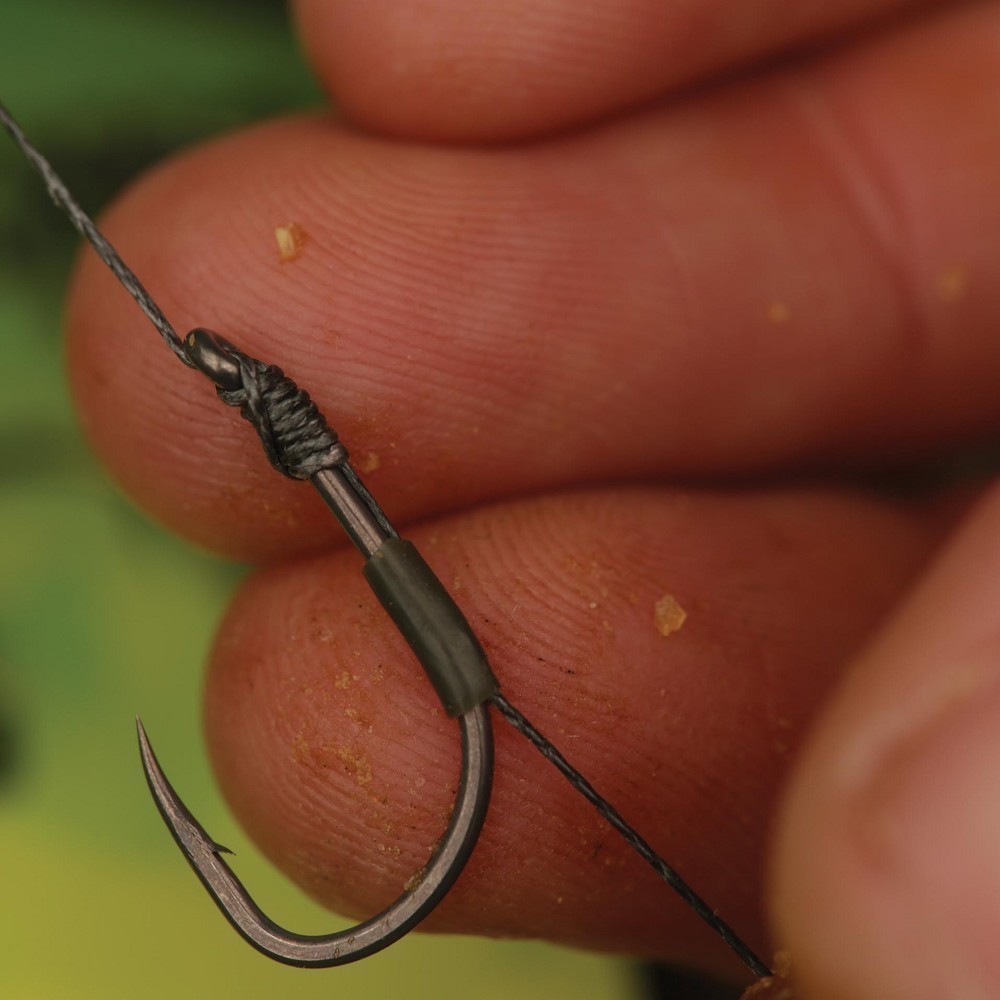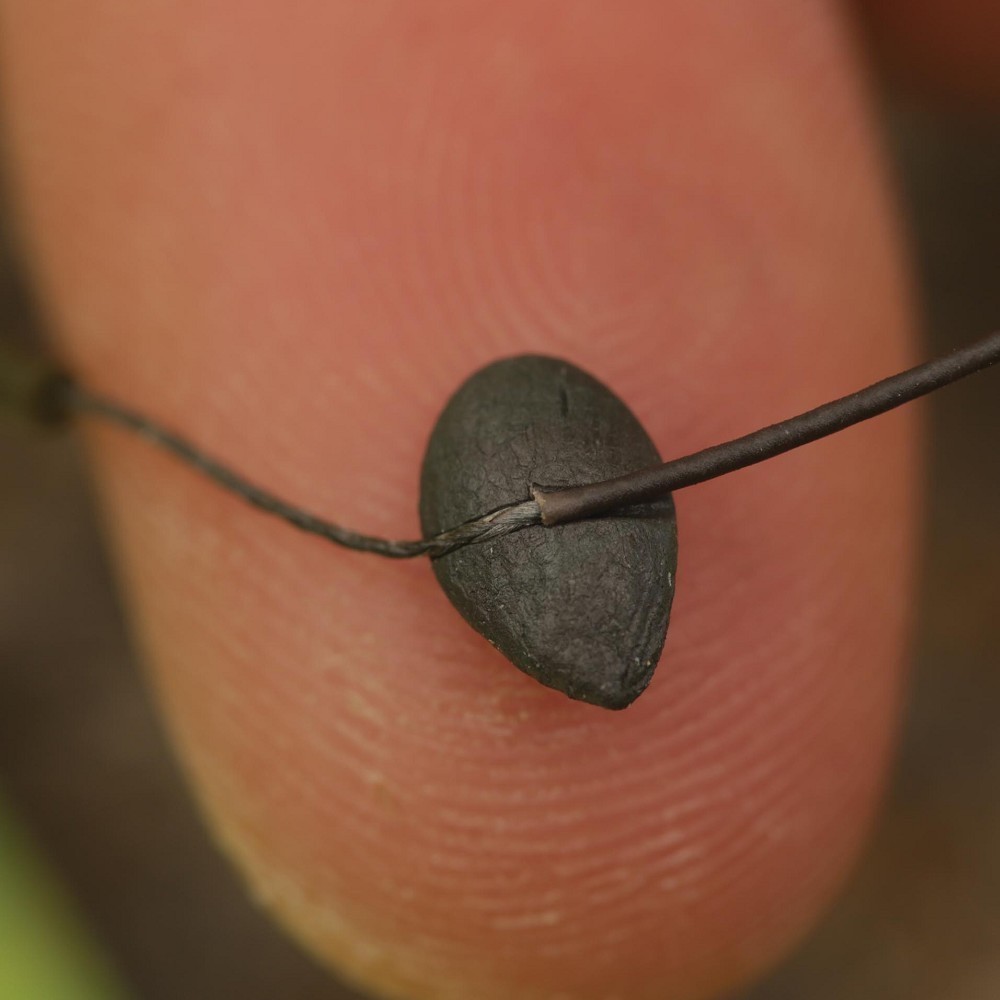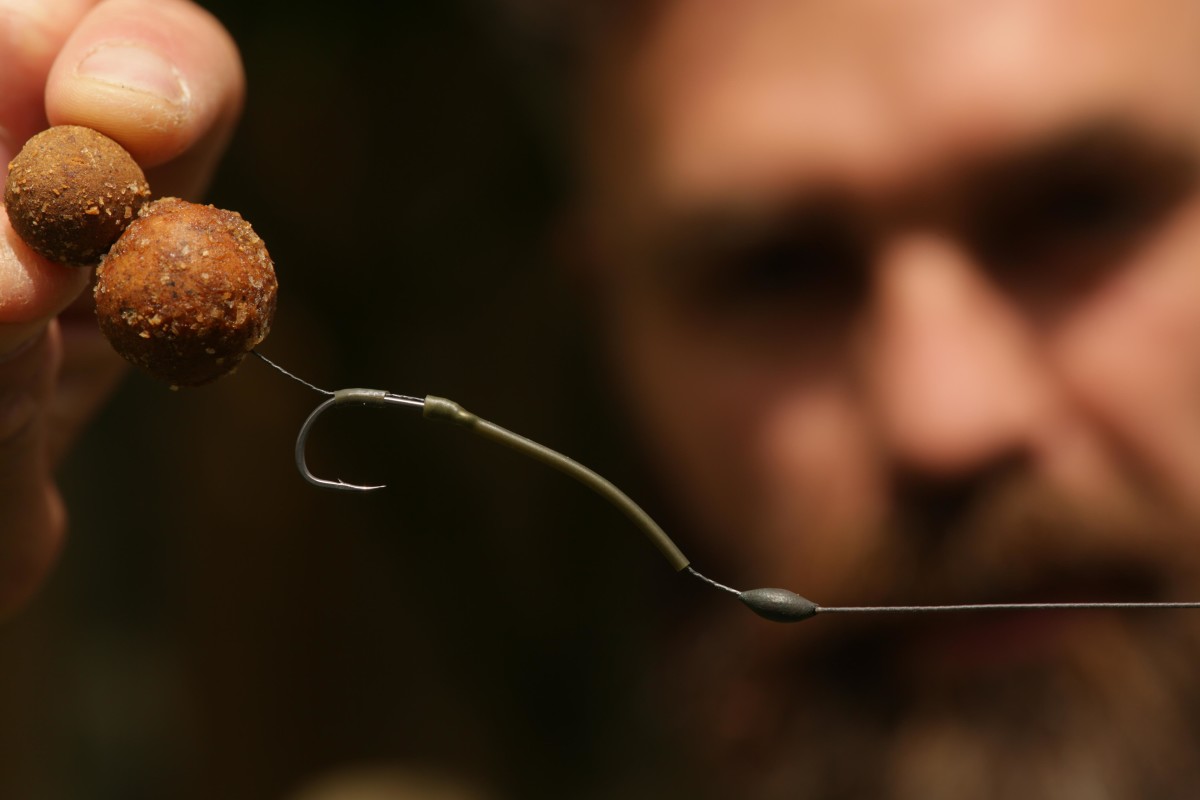
Big rigs for big fish situations
Gaz Fareham's set-up works well on wild rocking rivers in Europe and on highly pressured UK venues
Over the last few years I have been fishing in Europe more and more, and whilst much of that has been done in Belgium and on other more UK-sized and scaled waters with UK styled end tackle, since last November I have started doing more on the much larger, wilder rivers, lakes and barrages in Europe (Fig A). The situations are often very demanding on tackle and consequently a slightly different approach has to be adopted: large 20-24mm baits are the standard fare to avoid the nuisance species and help keep baits in position at often very long-range for extended periods of time. The toughness of my end tackle to cope with the harsh topography of rocks, weed and snags is absolutely essential too.
The mechanics of the rigs are very similar to rigs I have been using back here in the UK for years, with a tweak based on a rig a lot of the North West boys have used for years, for both their pop-up rigs and balanced bottom baits incorporating a very long shrink tube extension to help turn the hook and make it awkward to reject Fig. B. Also, vitally for the big European waters, the extra long shrink kicker aids massively in avoiding problems with smaller fish, as they simply struggle to get it into their mouths. The last thing you need after locating and pinpointing a spot at 400yds with a boat on a big inland sea is a tench or bream to spring the trap before a carp gets there. The big water European carp have huge mouths, and are literally built a bit differently to the UK ones. The canal carp have huge, thick, rubbery lips built for taking mussels off concrete walls and in between rocks, and the mouths on the forty- and fifty-pounders out there, you can easily fit your fist in (Fig C). Even a big hooking set-up like the one here disappears in with ease.
As well as the ever-reliable Tungskin in the 35lb version, I have also been using the new Semi-stiff Camskin this year and it has performed superbly in a massive range of circumstances, from rocky barrages to intimate little canals and it has become my number one choice of hooklink (Fig D). I really like the additional stiffness the link provides when using the boats to drop the rigs, as you are ‘lowering’ the rig in vertically above the spot as opposed to casting and swinging it in on a tight line which naturally helps avoid tangles through the simple physics of the arc and swing.
Coupled with the tough 35lb hooklink, I pair that with the Curve Point hooks in a size 4 usually, or smaller occasionally if the big hookbaits aren’t necessary. They are a strong, reliable pattern and very similar to a pattern I have used for well over 10 years now and have the utmost faith in. The curved point helps protect the sharpness on severe bottoms, and once it goes in, it stays in. The Straight Point hook is also another very strong pattern and works really nicely with the rig too; the straight point offering a very quick ‘prick’, although I do steer away from using it over gravel or rocky bottoms as the straight point is far more liable to turn over and damage.
I use a short length of soft silicone tube on the shank to trap the Hair rather than a ring, again to maximise the chances of it staying well presented over extended periods of time.
The rig itself is constructed very simply with a basic Knotless Knot and a full length of shrink tube to balance out the big hookbaits and give the rig its incredibly effective mechanics. I tend to go for 8- to 10-inch links in Europe, sometimes shorter if it is a very hard spot, and I finish it with a lump of putty on the break between the soft and coated part of the hooklink. It can then be fixed to either my usual helicopter or a lead clip arrangement.
Whilst I started using this rig with big snowman or double 20mm hookbaits in Europe, I have also started using a pared down version back home in the UK, so impressed was I with the hook holds and effectiveness of it (Fig E). I use it with a size 4 or 5 over here, and a balanced 15 or 16mm hookbait, just getting the hook point to sit on the lakebed. It is perfect for fishing over spreads of boilie, or even spots baited with mass baits like pellet and seed if you shorten the link down a little. Ultra simple, but ultra effective.
Putting together Gaz's Euro/Tailored UK big rig
How you construct this bullet-proof rig for both the UK and overseas
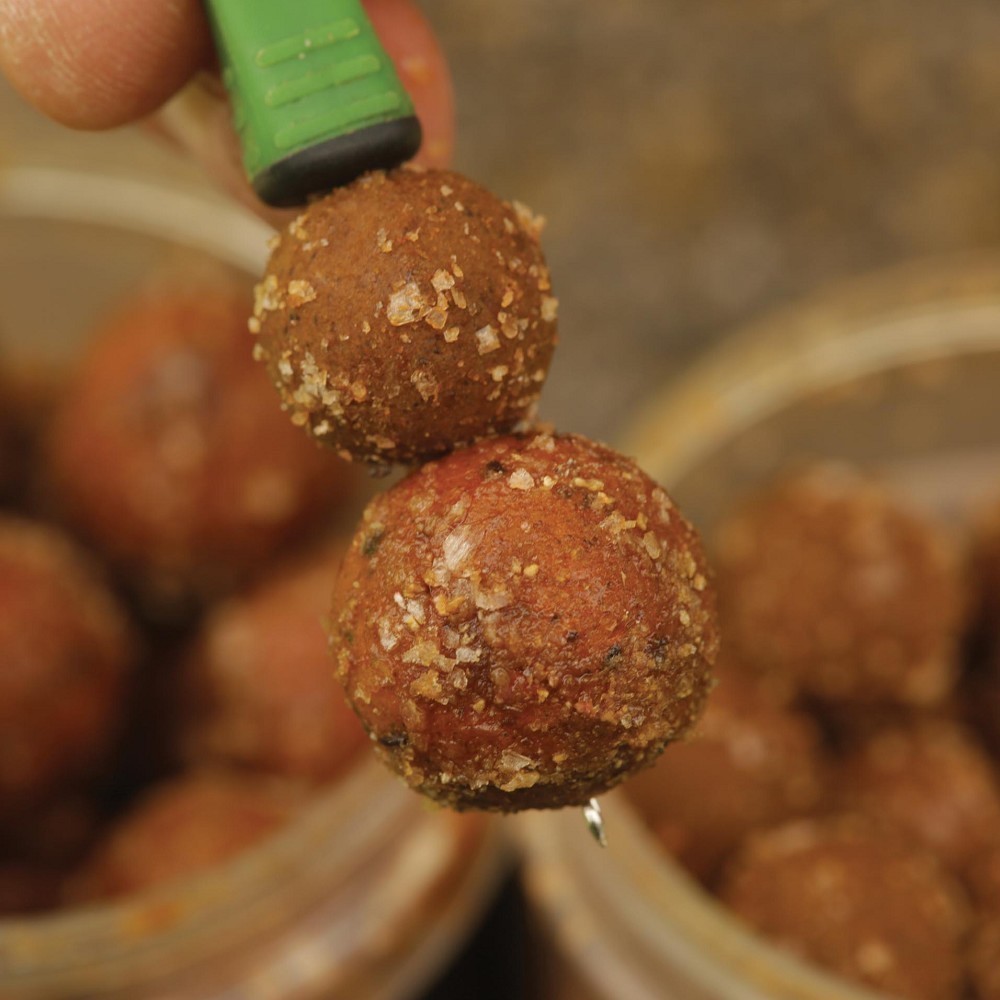 3. These are my go-to European hookbaits: 20mm Krill Tuff Ones and 16mm pop-ups, fished as a snowman. These are crusted up in salt and GLM.
3. These are my go-to European hookbaits: 20mm Krill Tuff Ones and 16mm pop-ups, fished as a snowman. These are crusted up in salt and GLM.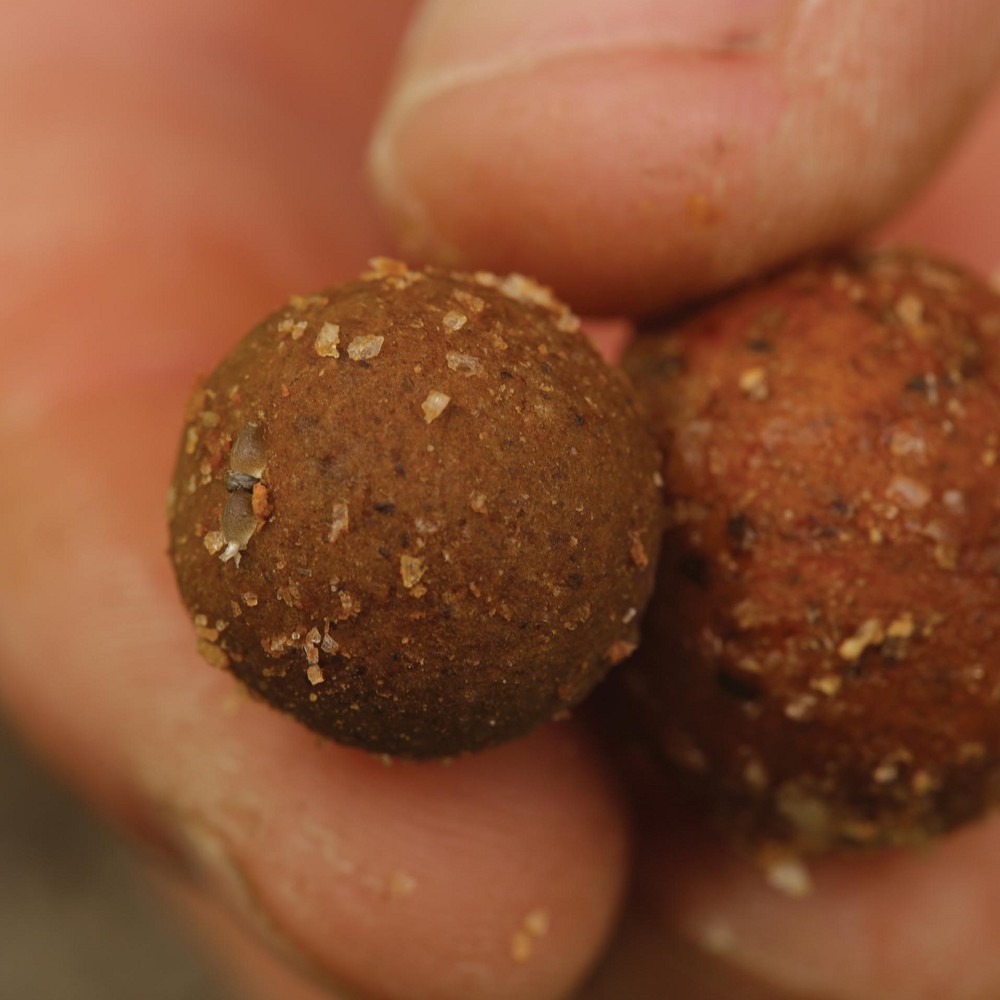 4. Next I tie a Hair loop in with a simple Overhand Knot and pop on my hookbaits. I don’t like to handle the actual hookbaits I’ll use while I’m tying the rig, so I use a few ‘sacrificial’ ones I keep in my rig wallet to get the Hair length correct.
4. Next I tie a Hair loop in with a simple Overhand Knot and pop on my hookbaits. I don’t like to handle the actual hookbaits I’ll use while I’m tying the rig, so I use a few ‘sacrificial’ ones I keep in my rig wallet to get the Hair length correct.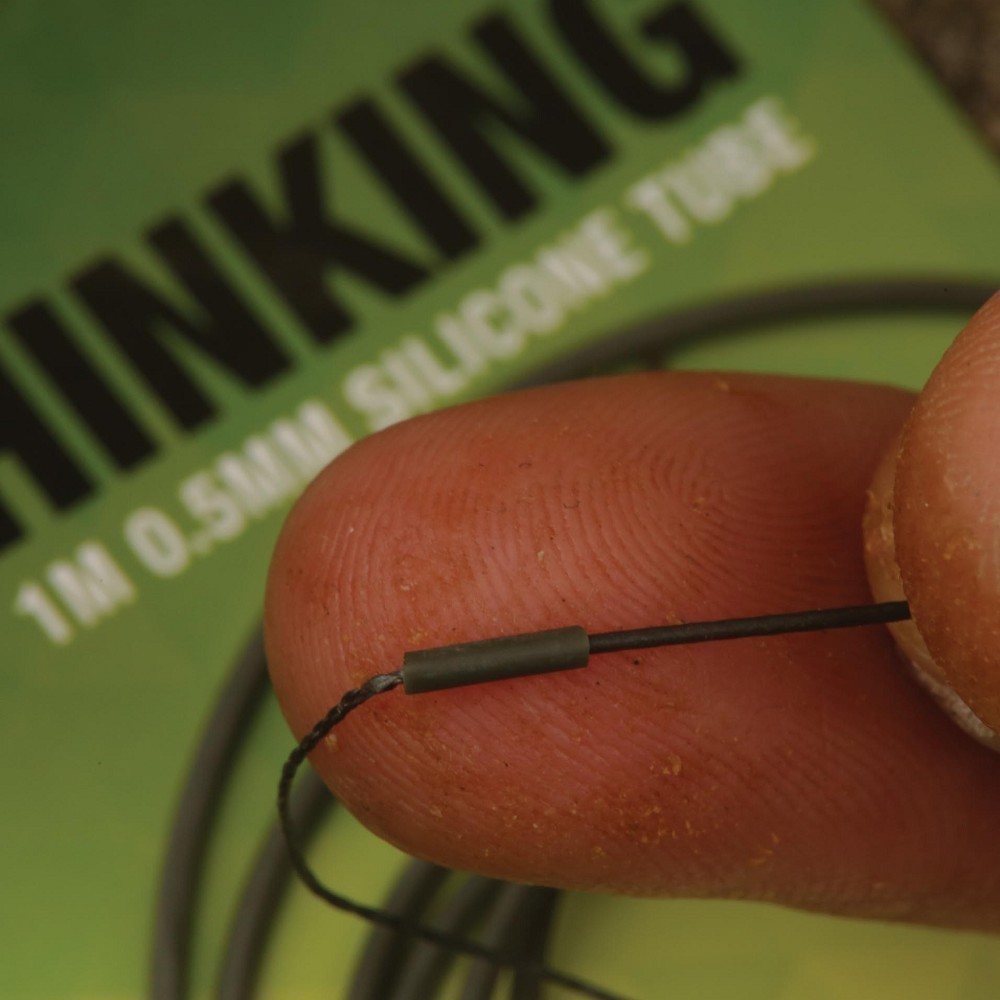 5. I then cut a short section of 0.5mm silicone and thread it on, keeping it on the coated part of the link.
5. I then cut a short section of 0.5mm silicone and thread it on, keeping it on the coated part of the link.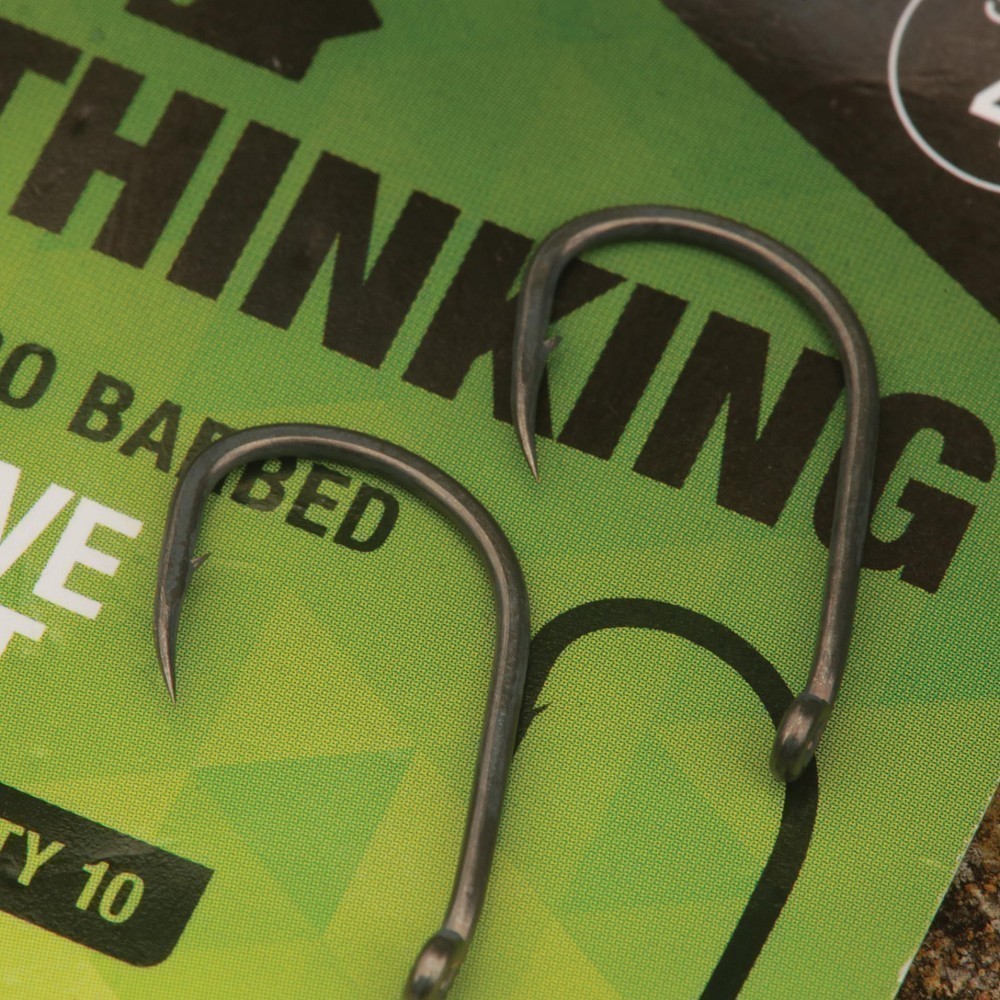 6. Thread the hook through the tube, taking care not to pierce through the side. Keeping it on the coated part of the link helps avoid the point going through the braided section.
6. Thread the hook through the tube, taking care not to pierce through the side. Keeping it on the coated part of the link helps avoid the point going through the braided section.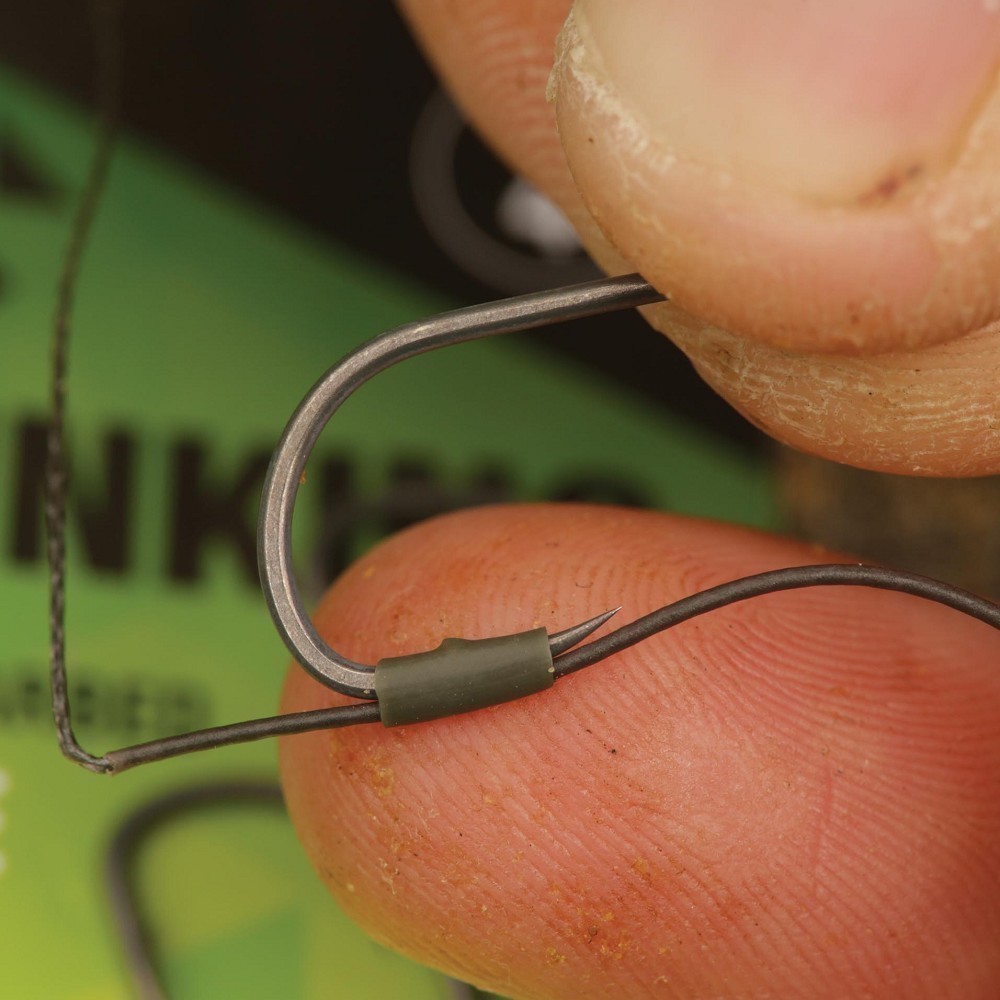 7. Position the silicone and set the Hair length. I use long Hairs with the big baits out in Europe as it helps avoid the nuisance species, but back here in the UK I keep it shorter, to maybe a 1cm gap.
7. Position the silicone and set the Hair length. I use long Hairs with the big baits out in Europe as it helps avoid the nuisance species, but back here in the UK I keep it shorter, to maybe a 1cm gap.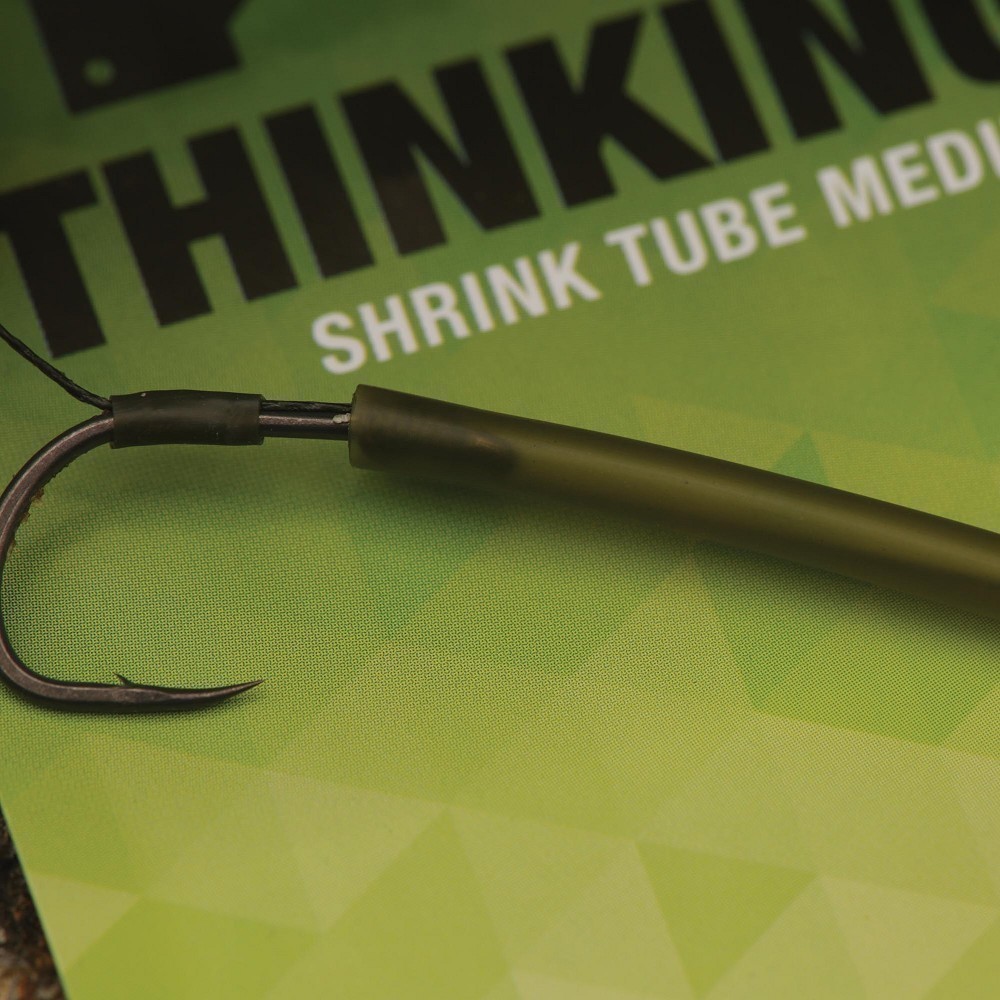 9. Add a full length of the ‘Medium’ sized shrink tube. You can use the ‘Small’ size tube, but I like the slight additional thickness and stiffness you get from the Medium version with the big hooks and big baits.
9. Add a full length of the ‘Medium’ sized shrink tube. You can use the ‘Small’ size tube, but I like the slight additional thickness and stiffness you get from the Medium version with the big hooks and big baits.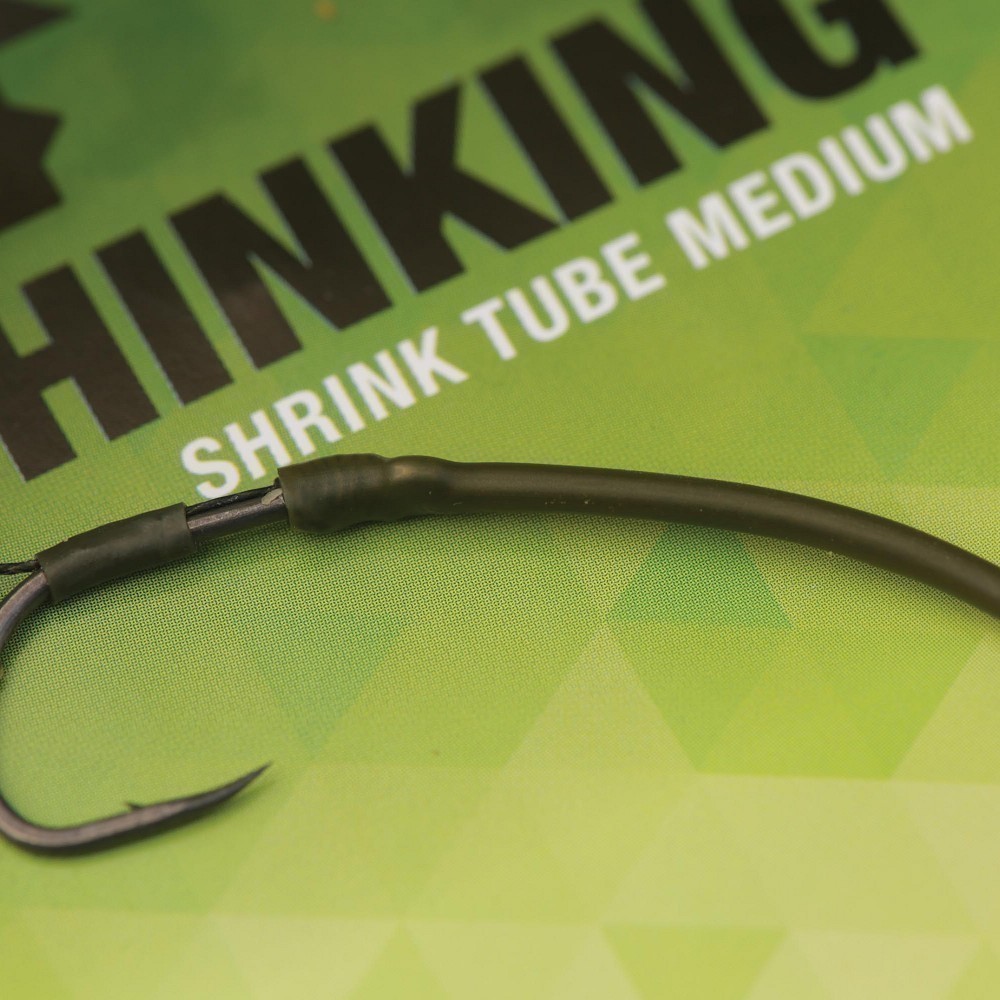 10. I shrink it down, carefully applying delicate pressure to get a progressive curve, avoiding any flat spots or kinks.
10. I shrink it down, carefully applying delicate pressure to get a progressive curve, avoiding any flat spots or kinks.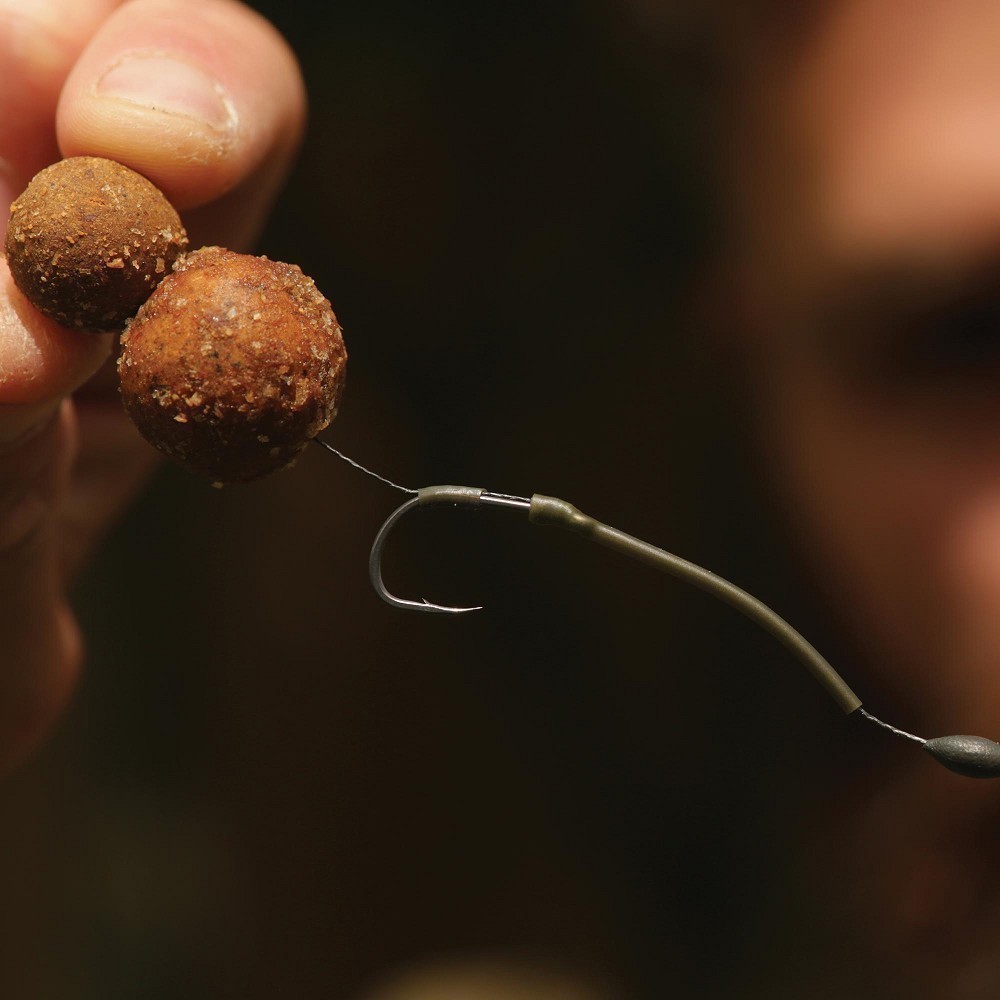 12. The finished ‘Big Rig’ should sit like this. In practice the big snowman will sit up, with the hook flat on the bottom. Or, with just a single 16mm wafter back here in the UK, the hook should sit up, with the bend resting on the bottom. Both versions provide a bullet-proof and incredibly reliable hooking mechanism for either big carp in big water situations further afield, or pressured carp on smaller waters back here in the UK.
12. The finished ‘Big Rig’ should sit like this. In practice the big snowman will sit up, with the hook flat on the bottom. Or, with just a single 16mm wafter back here in the UK, the hook should sit up, with the bend resting on the bottom. Both versions provide a bullet-proof and incredibly reliable hooking mechanism for either big carp in big water situations further afield, or pressured carp on smaller waters back here in the UK.




